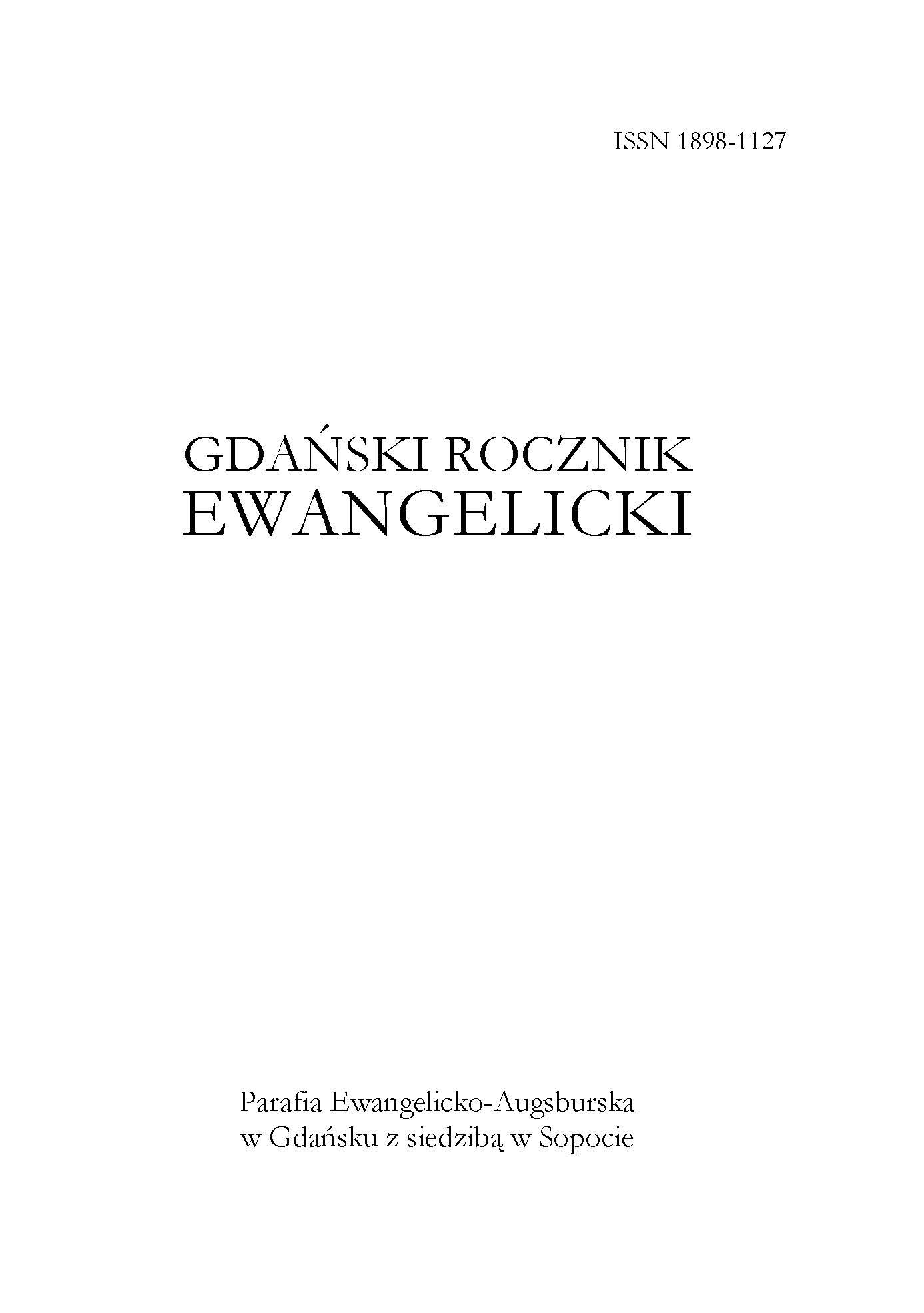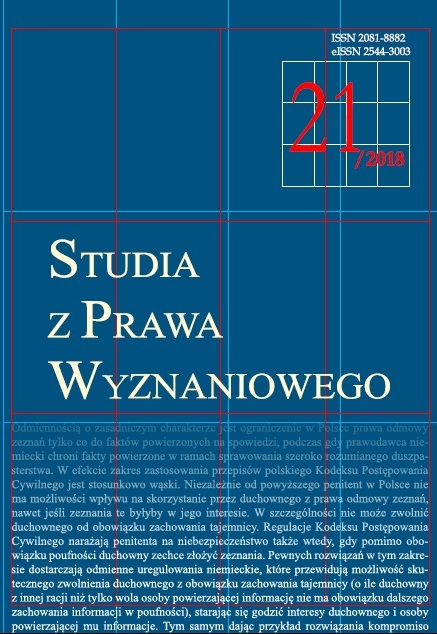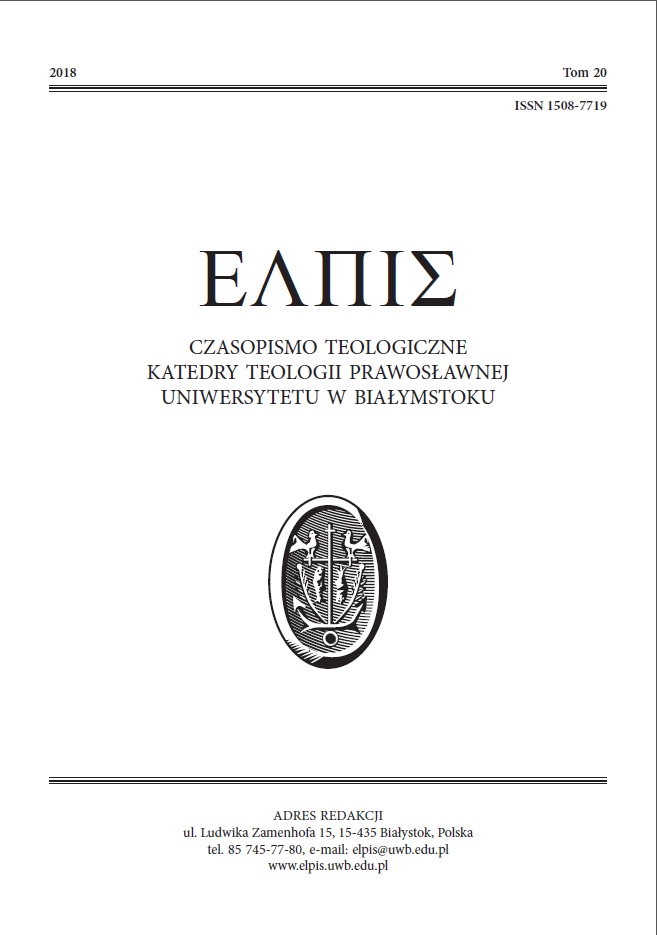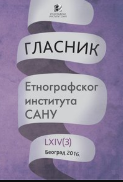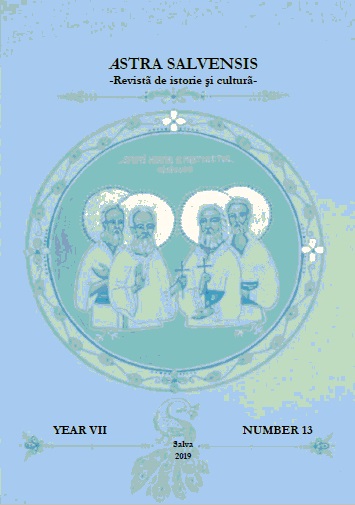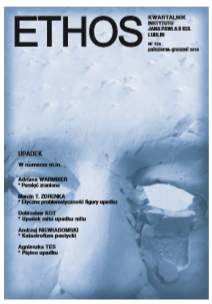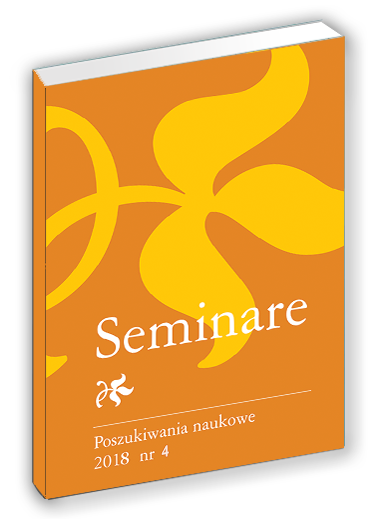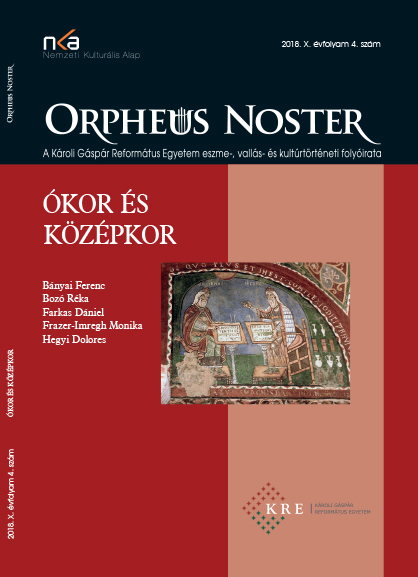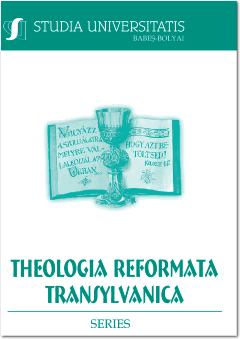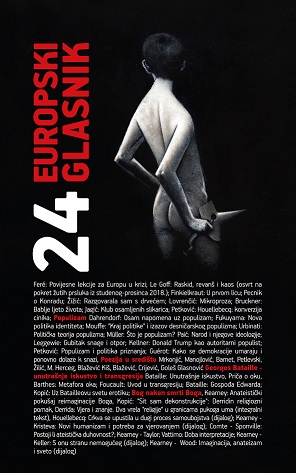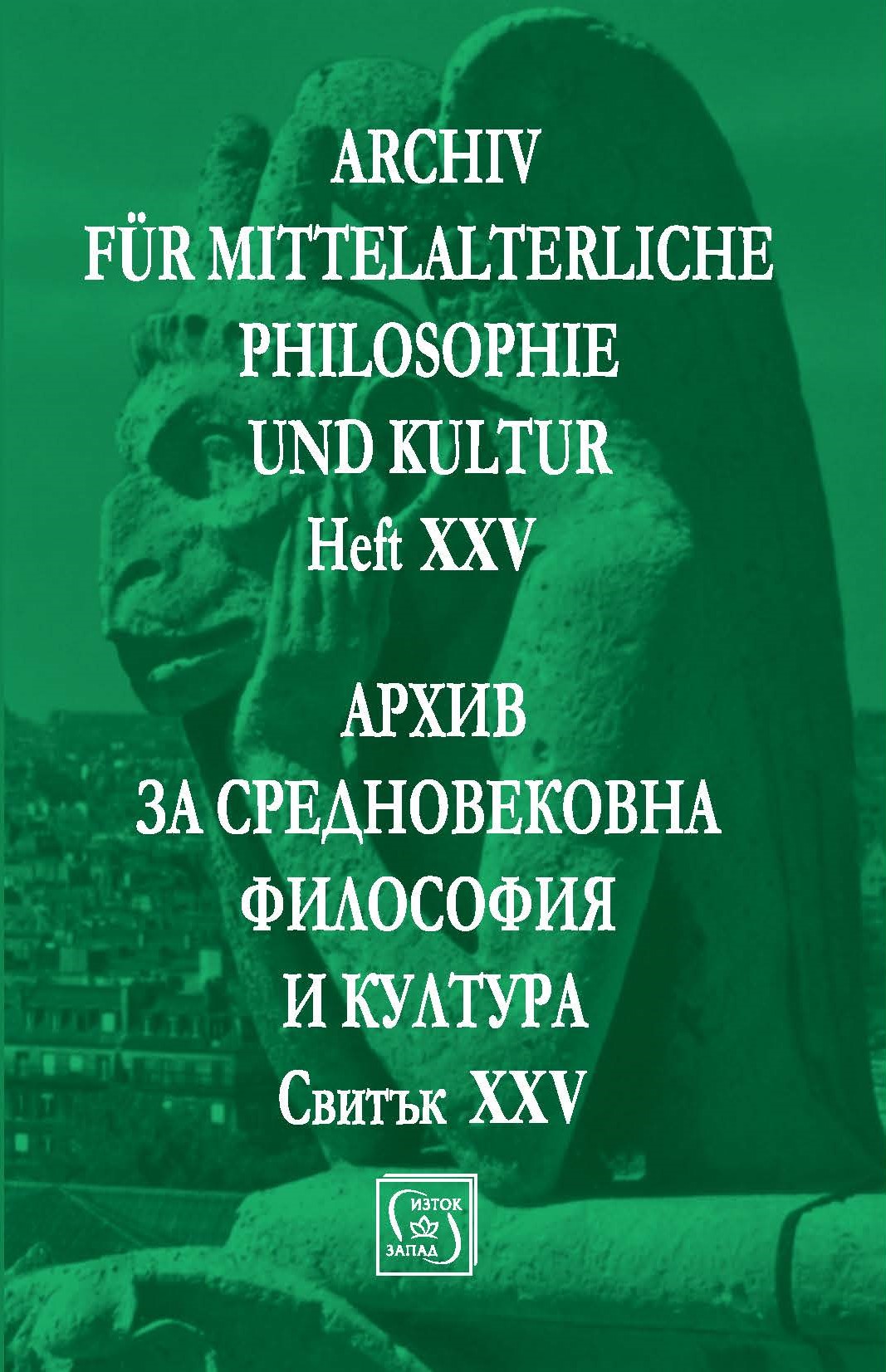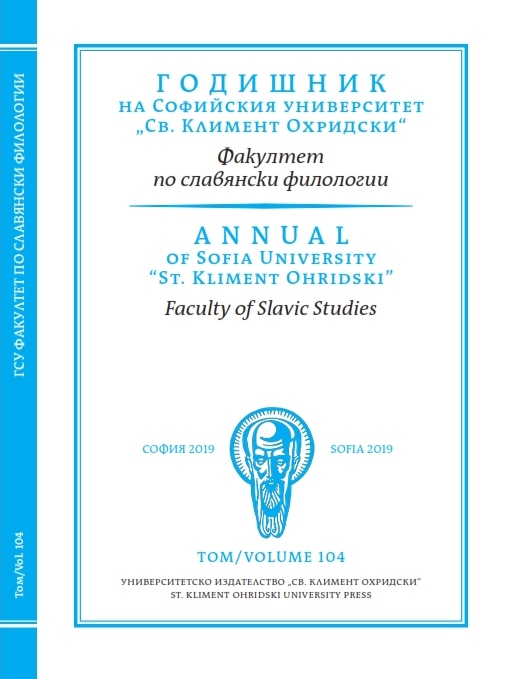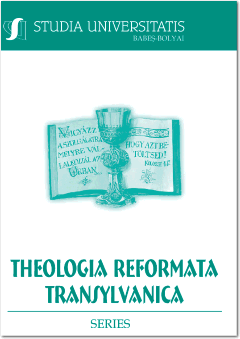
JANKÉLÉVITCH’S IMAGE OF GOD
The God of Jankélévitch is creative energy, eternal acting goodness and love, but it is not a person and does not personally know its creations. It does not rule, does not enter a covenant, does not bring redemption at the cost of its own heartbreak, does not judge sins and does not forgive them, does not speak, does not give commandments, does not conquer death, does not resurrect the dead, and does not offer eternal life.
More...
